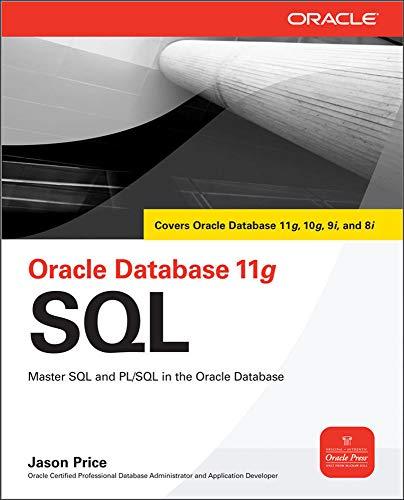Question
C++: Implement project4. cpp file, which creates a HashTable object with parameter 10007 for the constructor. The constructor of HashTable uses this prime number to
C++:
Implement project4.cpp file, which creates a HashTable object with parameter 10007 for the constructor. The constructor of HashTable uses this prime number to build an internal SLL object array. Each element of the array is an SLL object. Of course, you can choose a different array size, but make sure the size is a prime number.
#include
using namespace std;
int main(int argc, char* argv[]){
// implement this missing part // make the array size inside the hash table is 10007 }
OUTPUT:
$ ./project4 40000-idr The Number of Valid Insertation :26214
The Number of Valid Deletion :2795
The Number of Valid Retrieval :2867
Item numbers in the list :23419 Time elaspsed :0.102787
hashtable.h (given)
#include
template
Step by Step Solution
There are 3 Steps involved in it
Step: 1

Get Instant Access to Expert-Tailored Solutions
See step-by-step solutions with expert insights and AI powered tools for academic success
Step: 2

Step: 3

Ace Your Homework with AI
Get the answers you need in no time with our AI-driven, step-by-step assistance
Get Started


